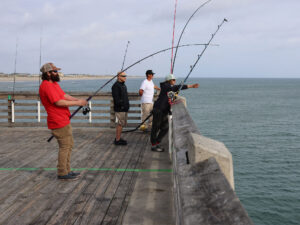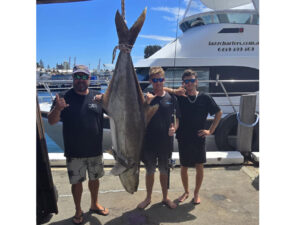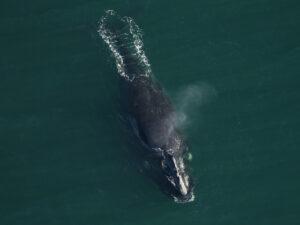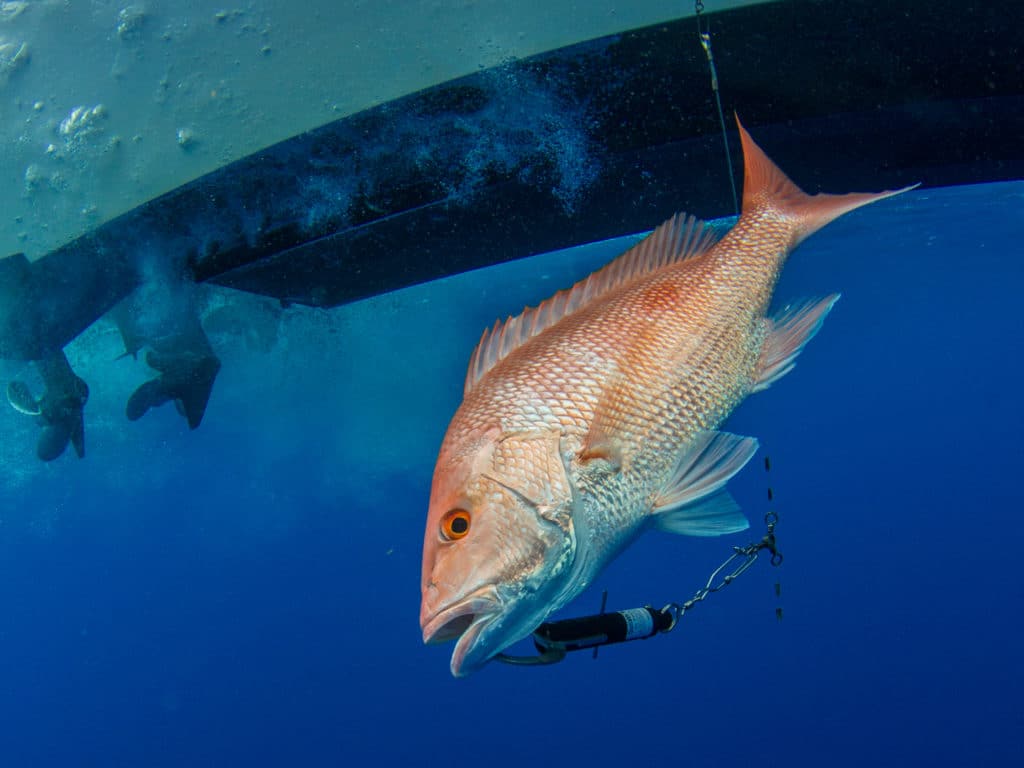
South Atlantic red snapper and red drum are both expected to benefit from a public/private partnership announced this month that will advance current research on fish barotrauma — injury caused by pressure changes — and the use of descending devices to return fish to safe depths.
Selected coastal anglers will participate in the 18-month joint project by using specified release procedures and by responding to followup surveys.
The partnership, which includes Yamaha Marine Group, state fisheries managers from the Carolinas, Georgia and Florida, as well as the FishAmerica Foundation, the American Sportfishing Association and the National Marine Fisheries Service, plans to design and fund the project, which will be conducted through the FishSmart program. FishSmart created a similar survey in 2014 for red snapper in the Atlantic and Gulf of Mexico.
While red snapper remain the poster child for release-mortality concerns, anglers have expressed growing angst over releasing redfish caught in deeper waters, where they’re being targeted more frequently. Project managers hope to encourage use of specialized circle-hook rigs and assess the need for descending devices for red drum.
“The recreational community has long been criticized for complaining about the problems in federal fisheries management but then offering no solutions,” says Martin Peters, Yamaha senior manager for government relations. It occurred to us at Yamaha that one of the biggest issues we face in the management of fisheries is insufficient data, which sometimes leads to overzealous management and limited access to the resource.
“One possible solution companies such as Yamaha can offer is to privately fund data-collection projects. We further imagined that if we were able to identify such a project and pledge funding, we might be able to encourage other companies and or NGOs to join us in providing additional funding. That is what has happened.”
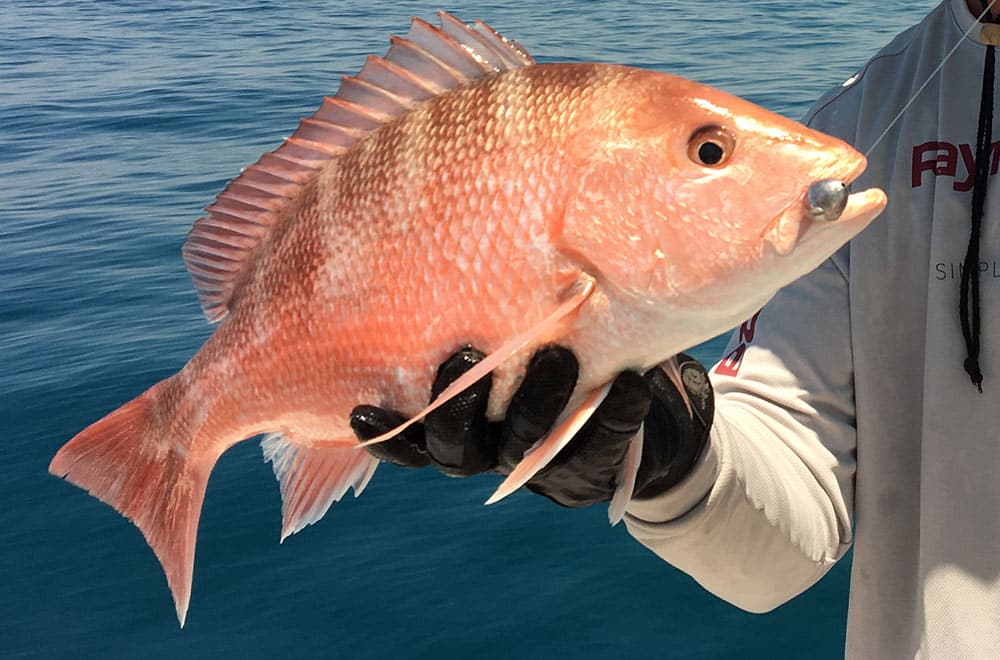
While project managers are still hammering out the details and the cost of the snapper/drum project, they have settled on some basic parameters. “We want to build on the original [FishSmart] study and focus it regionally so that the results have more validity for informing the decisions of the South Atlantic Fishery Management Council and NMFS with regard to managing red snapper in the South Atlantic,” says Spud Woodward, director of the Coastal Resources Division for Georgia’s Department of Natural Resources and a member of the project team.
In fact, the south Atlantic council has been hosting public-comment webinars in August, to gather information on snapper/grouper regulations. Subsequent changes could result in a short 2018 red snapper season in the south Atlantic, where the fishery has been closed to all harvest for four years.
FishSmart’s study suggested that rapidly returning fish to depth is the method of choice for releasing barotrauma-effected fish. Participants received a descending device to use during the trial period. Afterward, 78 percent of survey respondents said they believe descending devices would be very helpful in reducing discard mortality of red snapper.
Woodward expects the new project to begin in either late 2017 or early 2018. Project managers will reach out to the fishing community to identify red snapper and red drum anglers. Red snapper anglers will receive a descending device as well as instruction on its use.
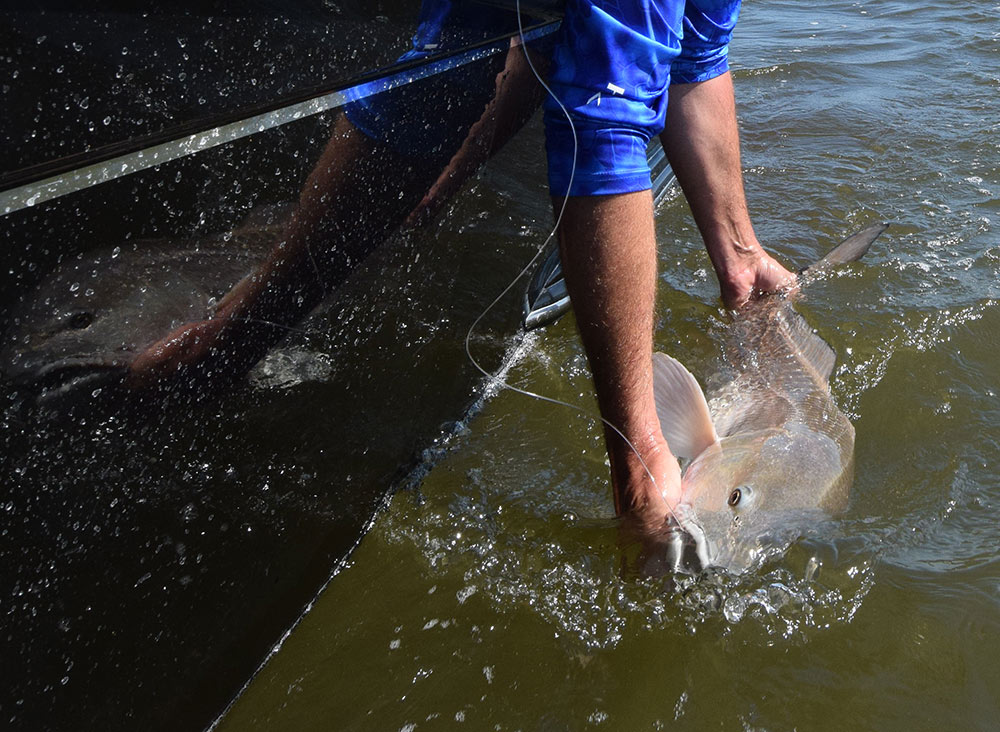
Redfish anglers will receive sample packs of circle hooks and a circle-hook short-leader rig along with instructions on how to build that rig, which has proven effective for reducing deep-hooking in adult red drum.
After a specified time, participating anglers will be asked to evaluate their experiences. If surveys show that barotrauma in red drum is an issue that should be addressed, project managers could opt to enter a second phase of the research and provide descending devices for drum.
“The goal is to promote the application of best practices and appropriate tools to improve the survival of released fish in South Atlantic marine recreational fisheries for red snapper and red drum,” says Andrew Loftus, coordinator of the FishSmart initiative.
Peters adds: “Hopefully, it will lead to improved sustainability and better management of the species. We also hope it will eventually lead to improved access for recreational anglers.”
For more information on the project partners, visit their websites: FishSmart, Yamaha Marine Group.

